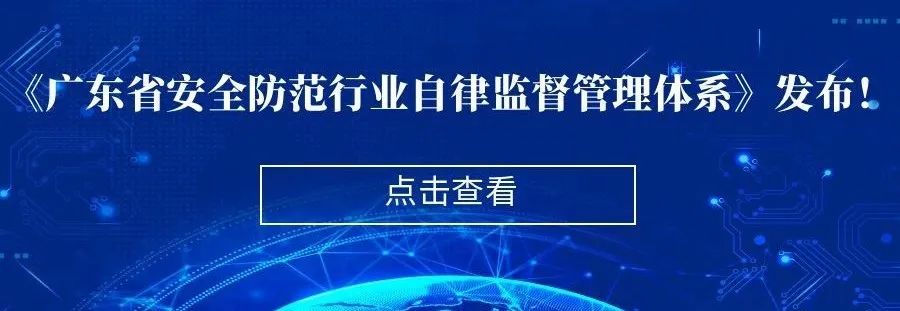
In the construction of smart cities, the Internet of Things (IoT) technology plays a crucial role. By connecting various devices and sensors, city managers can more efficiently collect and analyze data, thereby optimizing resource utilization and improving the quality of public services.

Smart Cities and IoTThe goal of smart cities is to improve urban sustainability, livability, and economic development through data-driven approaches and technological innovation. It integrates sensors, networks, data analytics, and automation technologies into urban infrastructure and public services, promoting intelligent upgrades in areas such as transportation, energy, environment, safety, and public health. IoT technology connects various smart devices and sensors to collect and transmit data in real-time, providing robust data support for the management and optimization of smart cities. IoT devices can monitor and control key systems in cities, such as traffic, energy, waste management, and environmental monitoring.
The following are five common IoT applications in smart cities:
1. Intelligent Traffic ManagementIntelligent traffic is one of the most important applications of IoT in smart cities, helping to alleviate traffic congestion, reduce accidents, and improve traffic flow efficiency.
-
Traffic Signal Control:Real-time monitoring of road traffic through sensors and cameras, adjusting traffic light durations to optimize passing efficiency.
-
Parking Management:Smart parking systems provide real-time parking space information to drivers through IoT technology, reducing the time spent looking for parking and alleviating traffic pressure.
-
Public Transport System Optimization:Using sensors and GPS to monitor the operation of buses and subways, providing real-time arrival information and route suggestions to enhance the passenger travel experience.
2. Intelligent Energy ManagementSmart energy systems can achieve energy efficiency improvements and optimized utilization of energy resources through IoT sensors, promoting sustainable urban development.
-
Smart Grid:Real-time monitoring of electricity demand through smart meters, balancing the load on the power supply network, optimizing energy distribution, and reducing waste and power outages.
-
Smart Lighting:Lighting systems for streets and public facilities can dynamically adjust based on ambient light, pedestrian, and vehicle activity, reducing unnecessary energy consumption.
-
Renewable Energy Integration:IoT can help integrate and monitor the use of renewable energy sources such as solar and wind, maximizing their efficiency.
3. Intelligent Environmental MonitoringSmart cities utilize IoT technology to monitor air quality, water quality, noise, and other environmental factors, ensuring resident health and urban sustainability.
-
Air Quality Monitoring:By deploying air quality sensors, real-time data on air pollution in different urban areas is collected, helping city managers take timely measures to address air pollution.
-
Water Quality Monitoring:Using IoT technology to monitor the quality of water sources and leaks in the supply system, ensuring safe drinking water for residents.
-
Waste Management:Smart bins can monitor their fill levels in real-time and signal the waste collection system, optimizing garbage collection routes and reducing pollution and costs.
4. Intelligent Security and Public Safety The application of IoT in intelligent security and public safety greatly enhances urban safety management capabilities.
-
Smart Surveillance:Using connected cameras, sensors, and AI analytics to monitor public areas in real-time, identifying potential safety threats or incidents and improving emergency response speed.
-
Emergency Response Systems:IoT can monitor natural disasters such as fires, floods, and earthquakes, notifying relevant departments in real-time and activating emergency plans.
-
Smart Alarm and Monitoring Systems:In high-crime or critical areas, sensors can automatically detect suspicious activities and alert law enforcement agencies immediately.
5. Intelligent Building Management Smart building systems integrate IoT technology to enhance a building’s energy efficiency, comfort, and safety.
-
Smart Building Control Systems:Using IoT sensors to control HVAC, lighting, and security systems in buildings, dynamically adjusting based on usage to enhance energy efficiency and occupant comfort.
-
Predictive Maintenance:IoT can monitor the operational status of building equipment, predict equipment failures, and schedule maintenance before issues arise, reducing downtime and repair costs.
-
Building Security Management:IoT technology supports contactless identity verification through smart cards or biometrics and integrates video surveillance systems for real-time security management.
Conclusion
IoT technology is the cornerstone of smart city development, enabling data-driven urban management and optimization by connecting and automating various urban facilities and services. With advancements in IoT technology, smart cities will continue to enhance urban sustainability, livability, and efficiency, providing higher quality of life for urban residents globally.
Source: Qianjia Network
Disclaimer
This article is sourced from the internet, primarily aimed at sharing information and allowing more people to access needed insights. Copyright belongs to the original author. If your rights or copyrights are infringed, please notify us promptly, and we will delete it within 24 hours.




